By: April Dawn F. Tegelan
Perhaps it was the now-familiar scent of the sea breeze or the endless stretch of pristine greenery, but that morning in Batanes felt almost ordinary. The team had been on the island for several days—fast-paced, focused, and intent on completing the final day of the workshop. Yet, as the post-assessment exercise began and the team was asked to reflect on what struck them most during the weeklong activities, something shifted. The transition from trainer to learner was unexpected but welcome. After all, the past week had been more than a technical exercise; it had also been a space for stories, humility, and rediscovering what makes Batanes known for its culture of resilience.
The capacity-building activities under the project “Bridging Academic Researchers and Vulnerable Island Communities in the Philippines: Enhancing the Climate and Disaster Risk Management Capacities of Municipalities in Batanes” (APN–Batanes Project) were intentionally aligned with national frameworks for climate and disaster risk management. This ensured that project outputs could inform state-mandated development plans required of local government units. The team flew to Batanes with a clear goal: to exchange knowledge. From the start, the project sought to create a space where science and tradition could coexist. True to this intent, the workshops unfolded as a two-way dialogue—early-career researchers gaining wisdom from local practices, while communities engaged with scientific insights.
Building rapport did not happen instantly. The Ivatans were more reserved than the groups the team had previously worked with, perhaps a reflection of their relative isolation from the rest of the country. It took time and genuine commitment, but soon, conversations began to flow—on one side, technical discussions and on the other, deeply personal accounts of daily life. It was in these exchanges that the team began to understand what resilience truly means in Batanes.
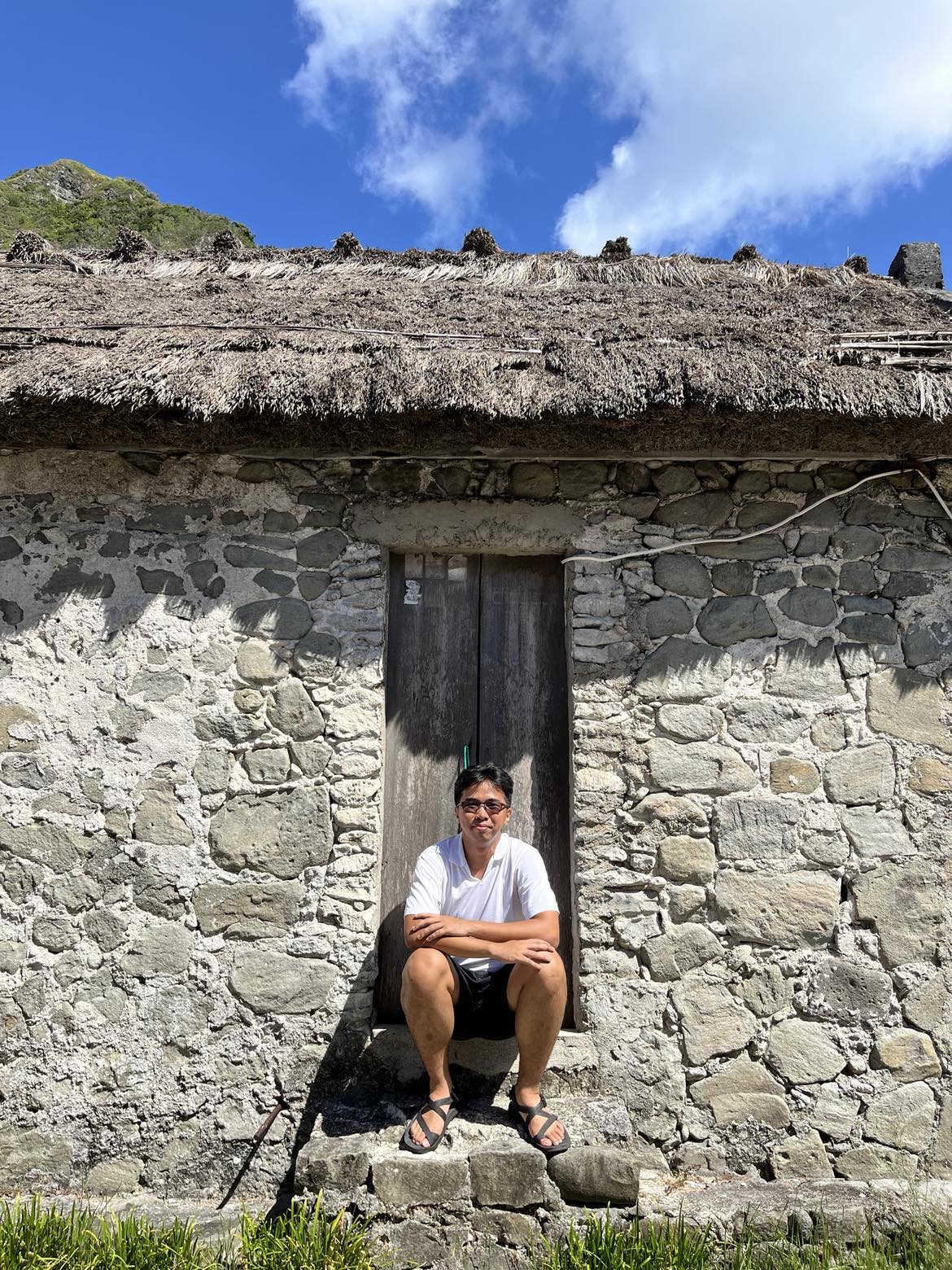
“In the heart of Batanes, the Ivatan people turn isolation and hardship into strength and purpose.”
Living in one of the most remote and weather-beaten corners of the Philippines, Ivatans have limited access to basic goods, which drives prices higher. This was in stark contrast to what the team was used to as city dwellers. For the project team, knowing this led to the question of how the famed Ivatan culture of resilience was built when one of the foundational aspects of reducing risk is increasing adaptive capacity – a concept inherently tied to the availability of resources.
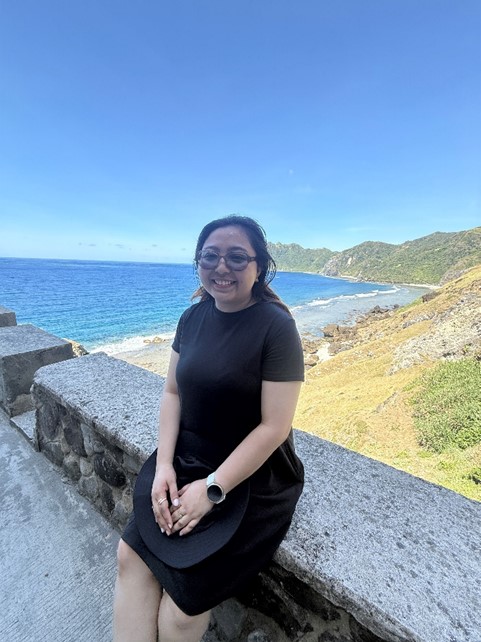
“No one should be left behind… sometimes, the strongest lifeline is a caring neighbor.”
Through side conversations, it became clear that what Batanes lacks in material abundance, it more than compensates for through community and ingenuity. Livelihoods such as farming rocky land and fishing in rough seas reveal not only perseverance but a way of life shaped by cooperation and care. The practice of “adopt a neighbor”, where families open their homes to those affected by typhoons, is more than a response mechanism—it is a lived philosophy of solidarity. In Batanes, resilience is grounded not in wealth or infrastructure but in relationships built on trust, reciprocity, and compassion.
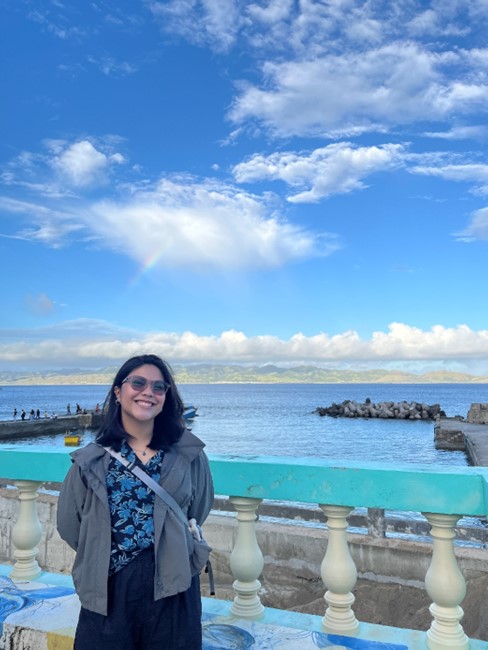
“In Batanes, we learned that resilience doesn’t come from having more, but from knowing what is enough and caring for it well.”
What struck the team most was how resilience in Batanes goes beyond technical frameworks or prescribed interventions. It is a way of being sustained by not taking more than what is needed, by sharing, and by embracing what is enough. While the project sought to transfer knowledge and skills, it revealed instead the wealth of wisdom already embedded in everyday Ivatan life. For the team, this became both a reminder and an invitation: to see resilience not only as a technical goal but as a deeply human practice.
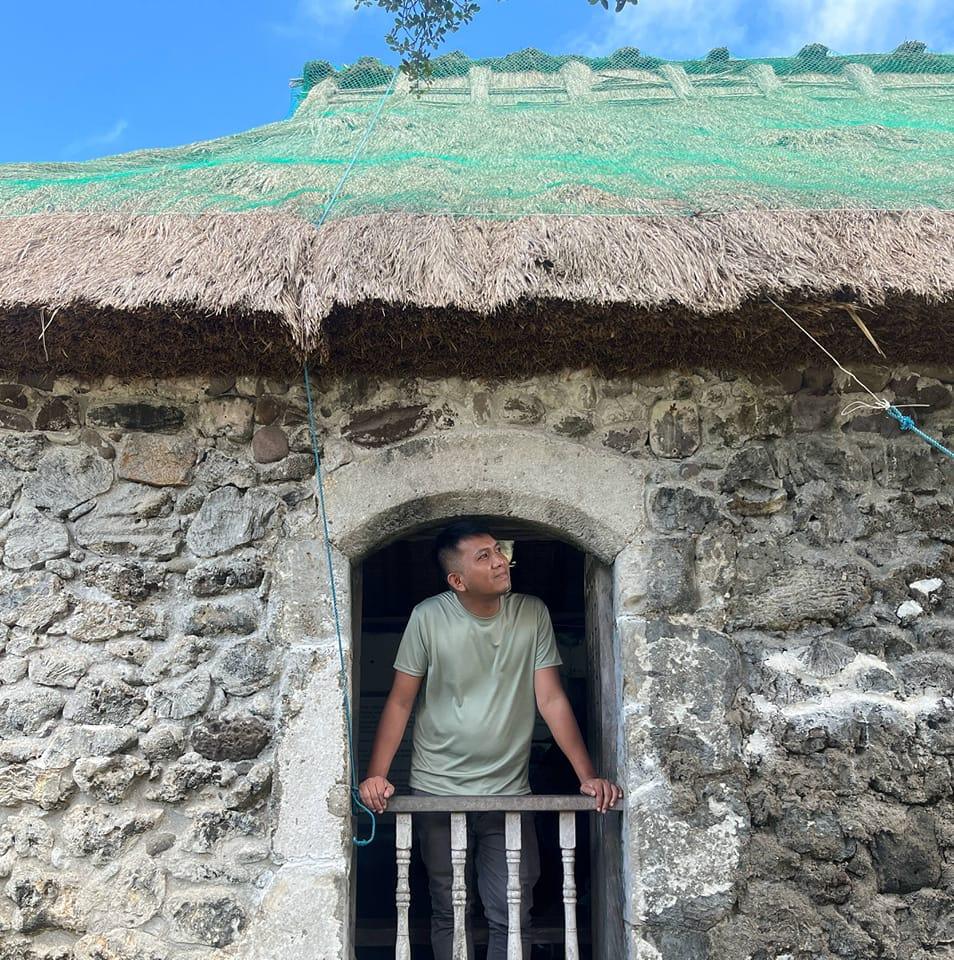
“In reliving a piece of childhood in Batanes, we found that resilience, too, is something we can grow up with—and never outgrow.”
One of the more personal reflections emerged from a simple act—cycling through the island’s rolling hills. Perhaps, as researchers, we looked at Batanes through rose-colored glasses, captivated by its serenity, but what began as a nostalgic return to a childhood pastime became a lens for understanding community life. Along the way, families tended backyard crops, fishermen faced the sea with quiet courage, and neighbors stood ready to help one another when storms arrived. Batanes, for the team, became more than a destination; it was a living classroom where resilience, like childhood wonder, endures.
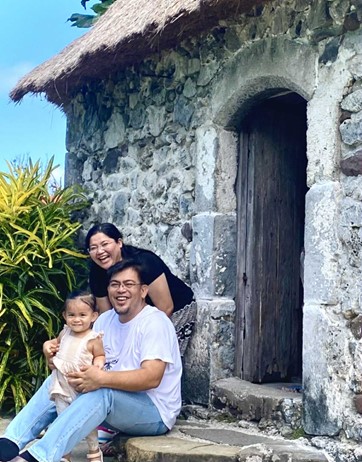
“Resilience isn’t learned—it’s lived.”
“Serenity in pace, strength in spirit, this is Ivatan resilience.”
The Ivatans’ way of life demonstrates that resilience is not a function of haste or material abundance, but an enduring capacity rooted in simplicity, preparedness, and collective adaptation. In Batanes, this resilience is woven into everyday living, from homes designed to endure typhoons to the practice of sharing harvests and shelter. What others might see as isolation, the Ivatans have turned into strength.
Resilience, then, is not merely taught through formal instruction. It is lived through daily practice, cultural tradition, and collective memory. It takes shape in the ordinary rhythms of life, emerging from accumulated experiences, intergenerational knowledge, and the solidarity built through shared adversity. It reflects a quiet, enduring capacity to adapt and thrive, reminding us that true resilience cannot be confined to classrooms or plans, but must be cultivated in community life where strength is forged in practice, not theory.

“Our differences as Filipinos make our shared culture even richer, more interesting, and deeply meaningful.”
Further conversations also revealed that resilience in Batanes is not only lived but also deeply contextual. What might be dismissed elsewhere as fragile, like cogon, has been used in Batanes to weather severe winds for centuries. This realization especially stood out while answering the climate and disaster risk assessment questionnaires. Nationally accepted frameworks almost always associate using light materials for roofing as something that makes a structure and the people living in it more sensitive to the effects of hazards. Workshop participants, however, disagreed. According to them, a cogon roof is part of the iconic Ivatan houses because this material is able to withstand a constant onslaught of severe winds. When galvanized iron roofs detach, cogon roofs remain intact.
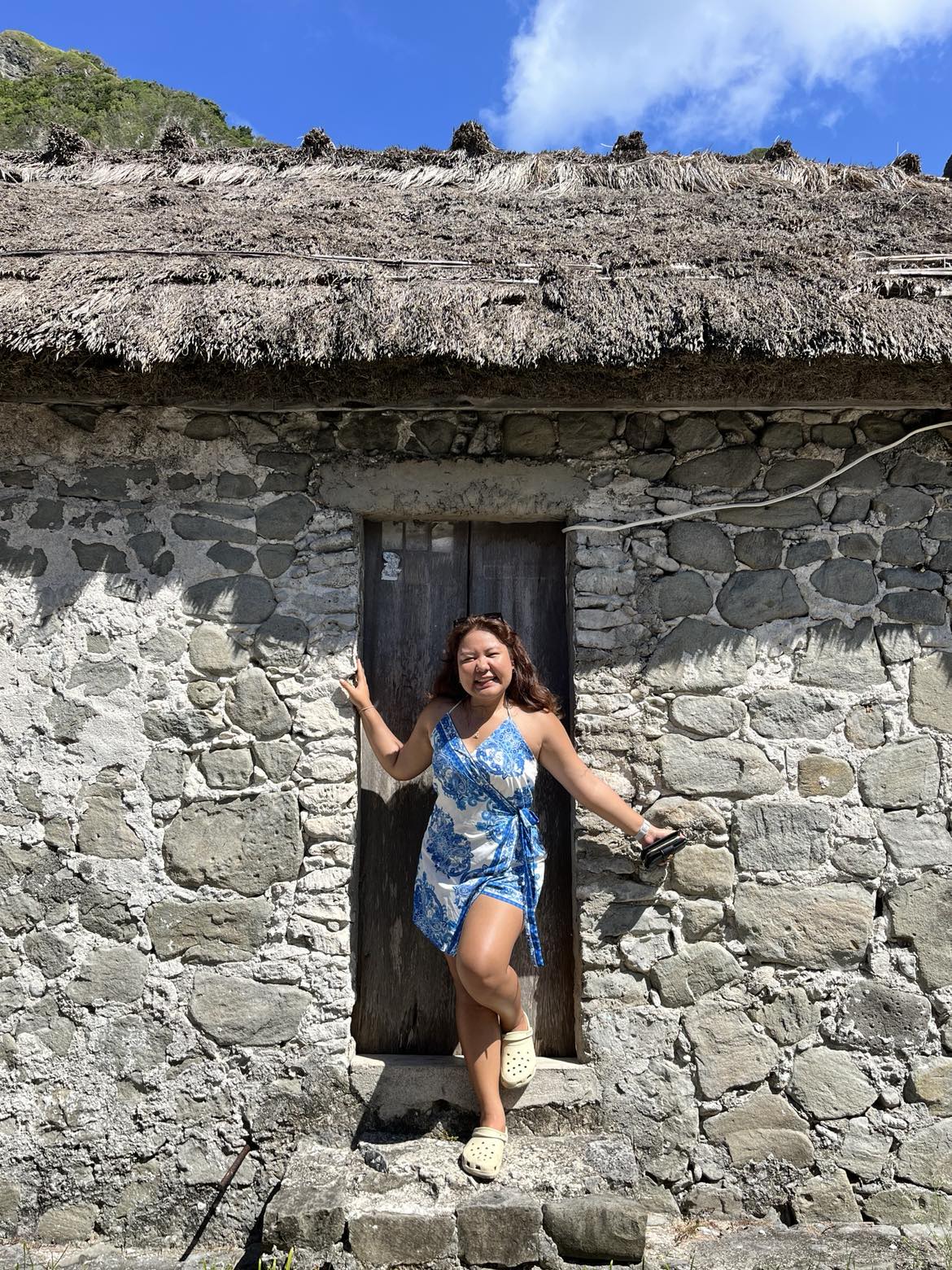
“Risk, for the Ivatans, is not a reason to pause, but a reason to prepare.”
Looking in from a researcher’s perspective offers another dimension. Where many tend to emphasize vulnerabilities, the Ivatans instinctively highlight what is already present, showing how resilience building starts with recognizing and strengthening what a community already has. This shift in perspective reframes resilience not as a constant struggle against deficits, but as an intentional process of preparation, grounded in initiative and collective effort. It is a lesson that challenges outsiders to reconsider how risk is understood and addressed, reminding us that solutions do not always involve additions to what is present, but possibly reframing what is already there. This is not to suggest that the Ivatans reject innovation and assistance. In fact, their openness to adaptation reveals a dynamic balance between preserving time-tested practices and embracing new knowledge when it proves necessary.
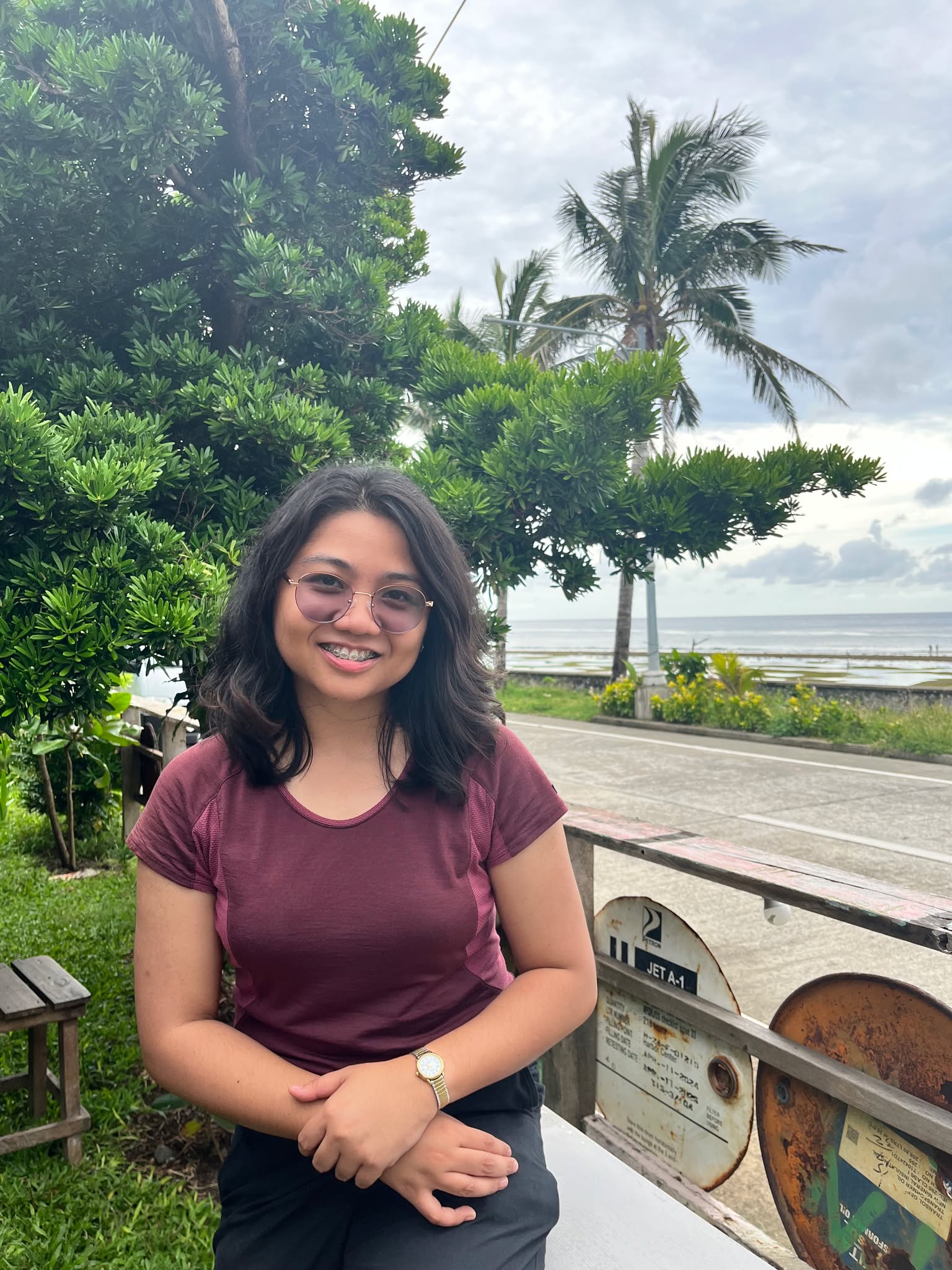
“Resilience is not static—it demands adaptation to the changing climate.”
During the field work in Batanes, the project team realized that tradition and science is not a matter of one replacing the other, but of finding balance. Ivatan practices, whether building with cogon, sharing homes through “adopt a neighbor”, or taking only what is needed, are not static relics of the past but evolving systems of shared knowledge. At the same time, the shifting climate brings challenges that require new tools, technologies, and partnerships. What emerges is not competition but dialogue. Science offers predictive models and structural innovations, while tradition grounds responses in cultural meaning and social cohesion.
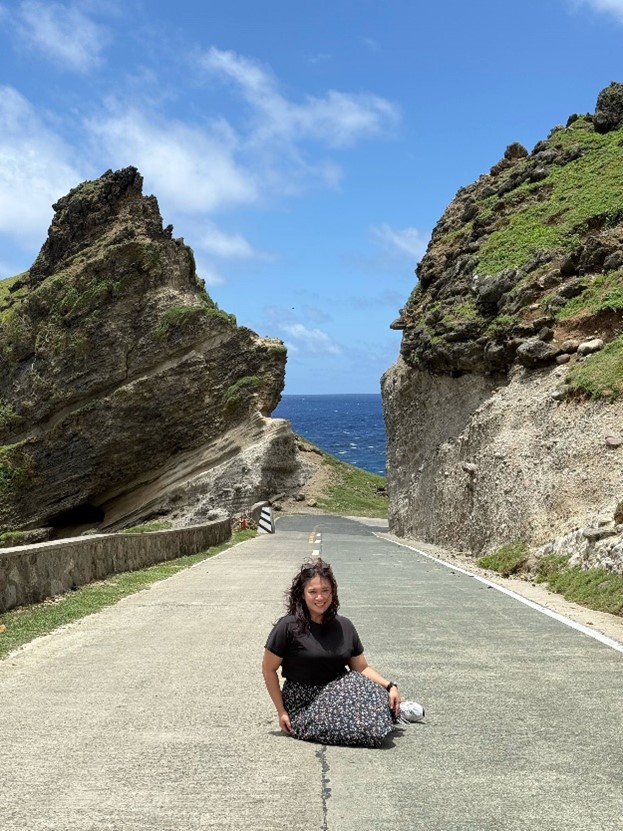
“Batanes stands as a prime example of why traditional knowledge and cultural nuances should never be forgotten in the discourse surrounding resilience.”
This dialogue is where resilience in Batanes becomes most compelling. It shows that progress does not always mean abandoning what came before but weaving new knowledge into old wisdom to create something stronger. For researchers and policymakers, this means that resilience planning must listen as much as it prescribes, ensuring that interventions reinforce rather than erode the very practices that have safeguarded communities for generations.
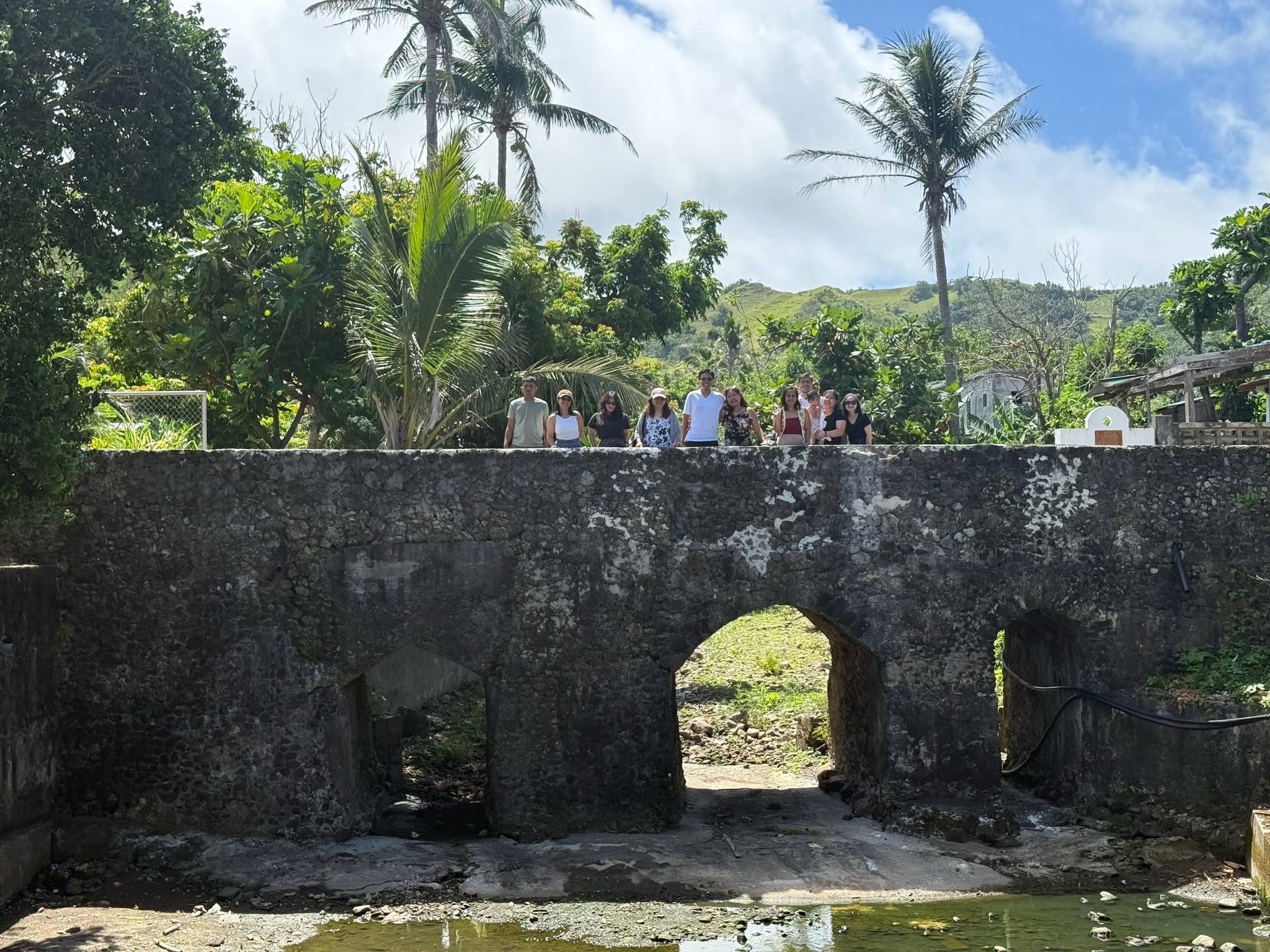
“True resilience emerges when science and tradition stop competing and start learning from each other.”
For the project team, this experience blurred the lines between trainer and learner, reminding us that knowledge does not only flow from the academe but also from lived experience, tradition, and community. These encounters served as both reminder and challenge. Reminder, because they revealed that resilience is already embedded in communities often labeled as vulnerable. Challenge, because they compel us to design research and interventions that respect, elevate, and learn from these living traditions rather than overwrite them.
The future of resilience then lies not in choosing between tradition and science, but in enabling them to co-exist.
